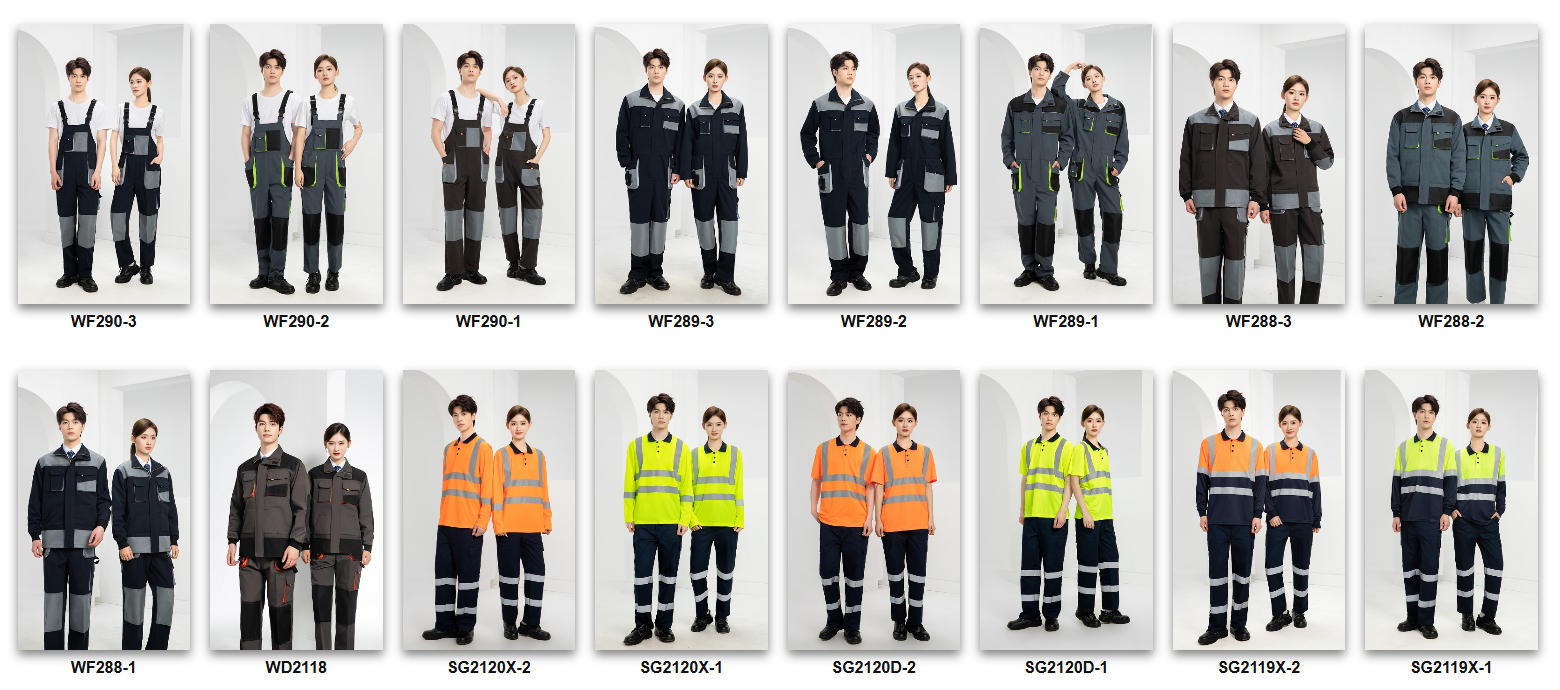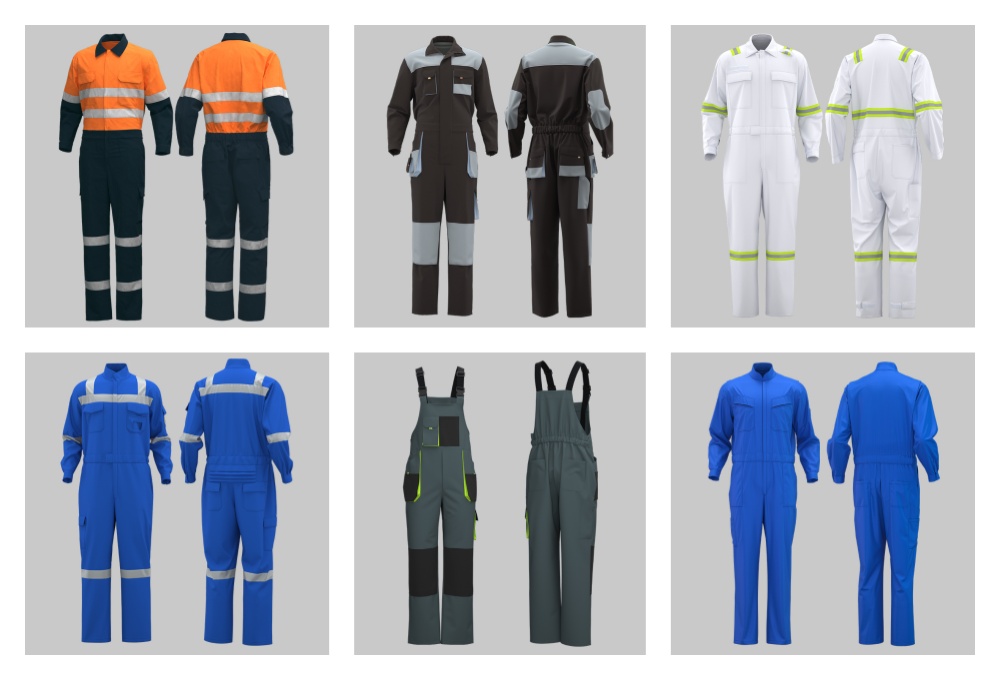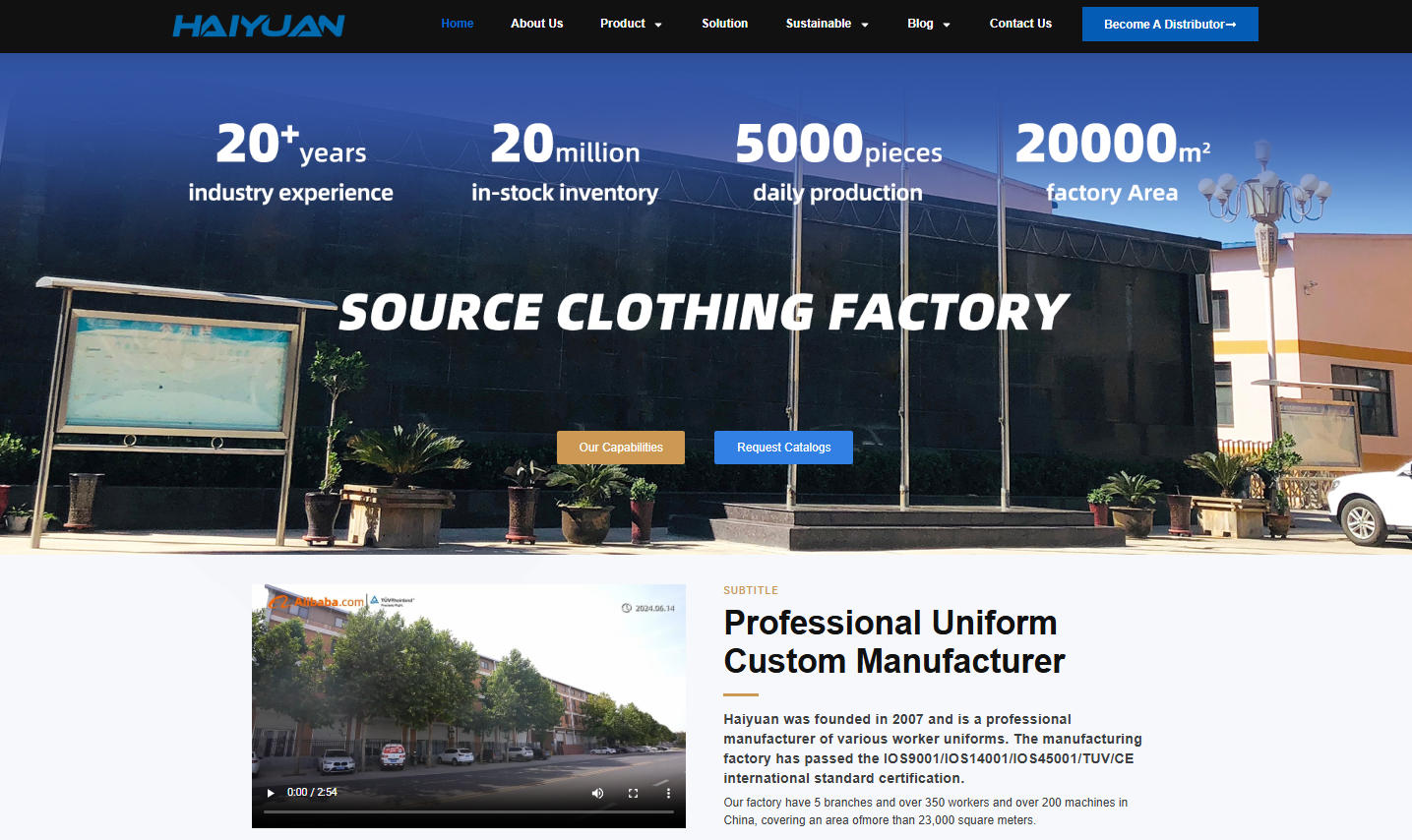Choosing the right material for coveralls is critical because it directly impacts safety, comfort, and durability. There is no single “best” material—the ideal choice depends entirely on the work environment and hazards present.
Here is a guide to good materials for coveralls, broken down by use case.
Quick-Answer Summary
| Material | Best For | Key Advantages | Major Drawbacks |
|---|---|---|---|
| Cotton or Poly-Cotton Blend | General Maintenance, Automotive, Woodworking, Painting | Breathable, comfortable, affordable, good for dry environments. | Not protective against flames, liquids, or arcs. Holds moisture. |
| FR (Flame-Resistant) Cotton | Welding, Electrical Work, Oil & Gas, Petrochemical | Protects against flash fires & electric arcs. Chars instead of melting. | More expensive, heavier, can be less breathable. |
| DuPont Tyvek® | Painting, Asbestos/Lead Abatement, Cleanrooms, Hazmat | Excellent barrier against fine particles, liquids, and dry chemicals. Lightweight. | Not breathable, can be ripped easily, single-use/disposable. |
| Disposable Polypropylene | Light Dirty Work, Inspection Jobs, Food Processing | Very lightweight, breathable, and extremely low-cost. | Low durability, no protection from liquids or heat, single-use. |
| Heavy-Duty Canvas | Heavy-Duty Construction, Welding, Demolition | Extreme abrasion resistance, durable, protects from sparks. | Very heavy, stiff, not comfortable for long periods, not breathable. |
In-Depth Breakdown of Coverall Materials
1. For General Purpose & Comfort: Cotton or Poly-Cotton Blends
-
Typical Fabrics: Cotton Duck, Twill, and blends like 65% Polyester / 35% Cotton.
-
Why it’s a good choice: This is the classic workwear material. It’s highly breathable, comfortable against the skin, and affordable. The poly-cotton blend adds wrinkle resistance and dries faster than 100% cotton.
-
Ideal For:
-
Automotive repair
-
General facility maintenance
-
Woodworking (non-painting)
-
Farming and landscaping (in dry conditions)
-
Machine shops
-
2. For Fire & Electrical Hazards: Flame-Resistant (FR) Materials
-
Typical Fabrics: FR-Treated Cotton, HengLu®,Nomex® (Aramid), Indura® Cotton, Modacrylic/Cotton Blends.
-
Why it’s a good choice: These materials are engineered not to catch fire and continue burning when the ignition source is removed. They self-extinguish and provide a critical layer of thermal protection. They also char and swell instead of melting, creating an insulating barrier against heat.
-
Ideal For:
-
Welding: Essential for protecting against sparks and spatter.
-
Electrical Work: Protects against electric arc flash.
-
Oil and Gas Industry: Mandatory for flash fire protection.
-
Petrochemical Plants
-

3. For Liquid & Particle Hazards: Limited-Use & Disposable Materials
-
Typical Fabrics: DuPont Tyvek®, Microporous Film Laminates, Polypropylene.
-
Why it’s a good choice: These materials provide an unbeatable barrier against non-hazardous liquids, fine dust (like drywall dust), asbestos, lead, and biological particles. They are lightweight and designed to be disposed of after use to prevent contaminating other areas.
-
Ideal For:
-
Painting & Spraying: Keeps paint off your clothes and skin.
-
Asbestos and Lead Abatement
-
Cleanrooms (pharmaceuticals, electronics manufacturing)
-
Hazardous Material (Hazmat) Response (with appropriate certification)
-
Food Processing Plants
-
4. For Extreme Durability & Abrasion Resistance: Heavy-Duty Canvas
-
Typical Fabrics: 12-ounce to 15-ounce Cotton Duck Canvas.
-
Why it’s a good choice: This is the most rugged and durable fabric for coveralls. It is highly resistant to abrasions, punctures, and tears. It’s what you wear when you’re crawling over concrete, rebar, or rough lumber.
-
Ideal For:
-
Heavy Construction
-
Shipbuilding
-
Demolition Work
-
Welding (as a durable, spark-resistant layer)

canvas work clothes
-
Key Factors to Consider Before Choosing:
-
The Hazard: What are you protecting yourself from? (Fire, chemicals, dust, abrasion, weather?)
-
Breathability vs. Protection: Tyvek offers great protection but will make you sweat. Cotton is breathable but offers no chemical protection. You must find the right balance.
-
Durability Needs: Is this for a single painting job or for daily use in a rugged environment? Disposable vs. reusable is a key cost and practicality decision.
-
Mobility: Materials like canvas can be stiff. Look for features like gusseted crotches and articulated knees if you need to move around a lot.
-
Compliance Standards: For hazardous work, your coveralls may need to meet specific safety standards (e.g., NFPA 2112 for flash fire, NFPA 70E for electrical arcs). Always follow your company’s safety guidelines.
Final Recommendation:
-
For most everyday mechanical or workshop tasks, a poly-cotton blend offers the best balance of comfort, durability, and value.
-
If you are working with any heat, sparks, or electricity, FR coveralls are non-negotiable.
-
For painting or dealing with hazardous dust, disposable Tyvek® is the clear winner.
For some insightful reads, we’ve curated a list of recommended articles just for you:
- How do I find a product manufacturer in China?
- How to find cheap manufacturers in China? A guide to avoid pitfalls
- How to complete your first purchase of workwear in China safely and efficiently
- Custom uniforms for Small business
- Choosing the Best Industrial Work Suit
- Ultimate Guide: Best Wholesale Work Clothes in China
- Cut & Sew Customization
- Logo Customize Clonthing Manufacturer
- Labour Uniform manufacturer
- Labor clothing uniform for sale
- Working clothes china wholesale
Can’t find what you’re looking for? Feel free to contact us. We’re here to help 24/7.





